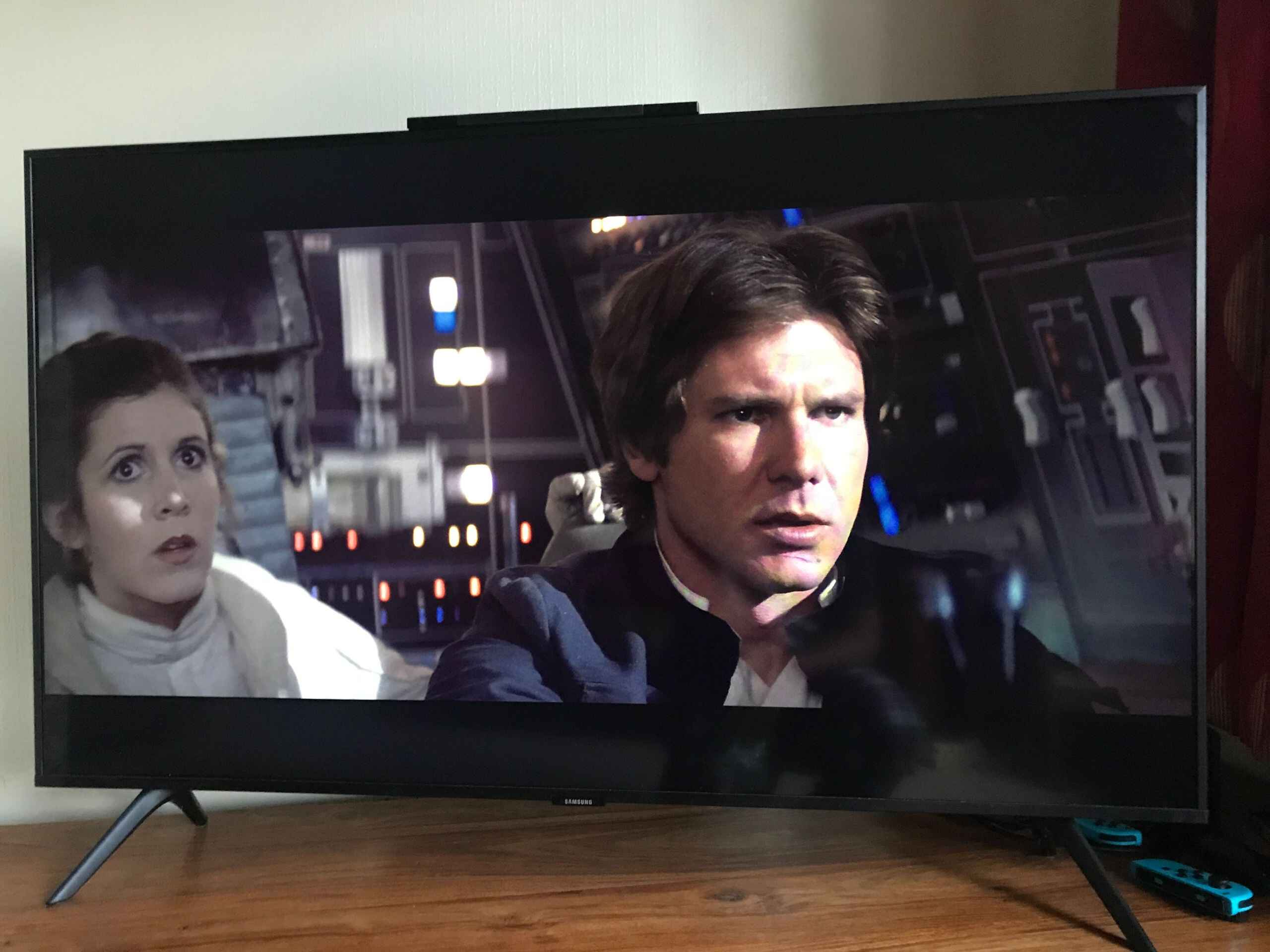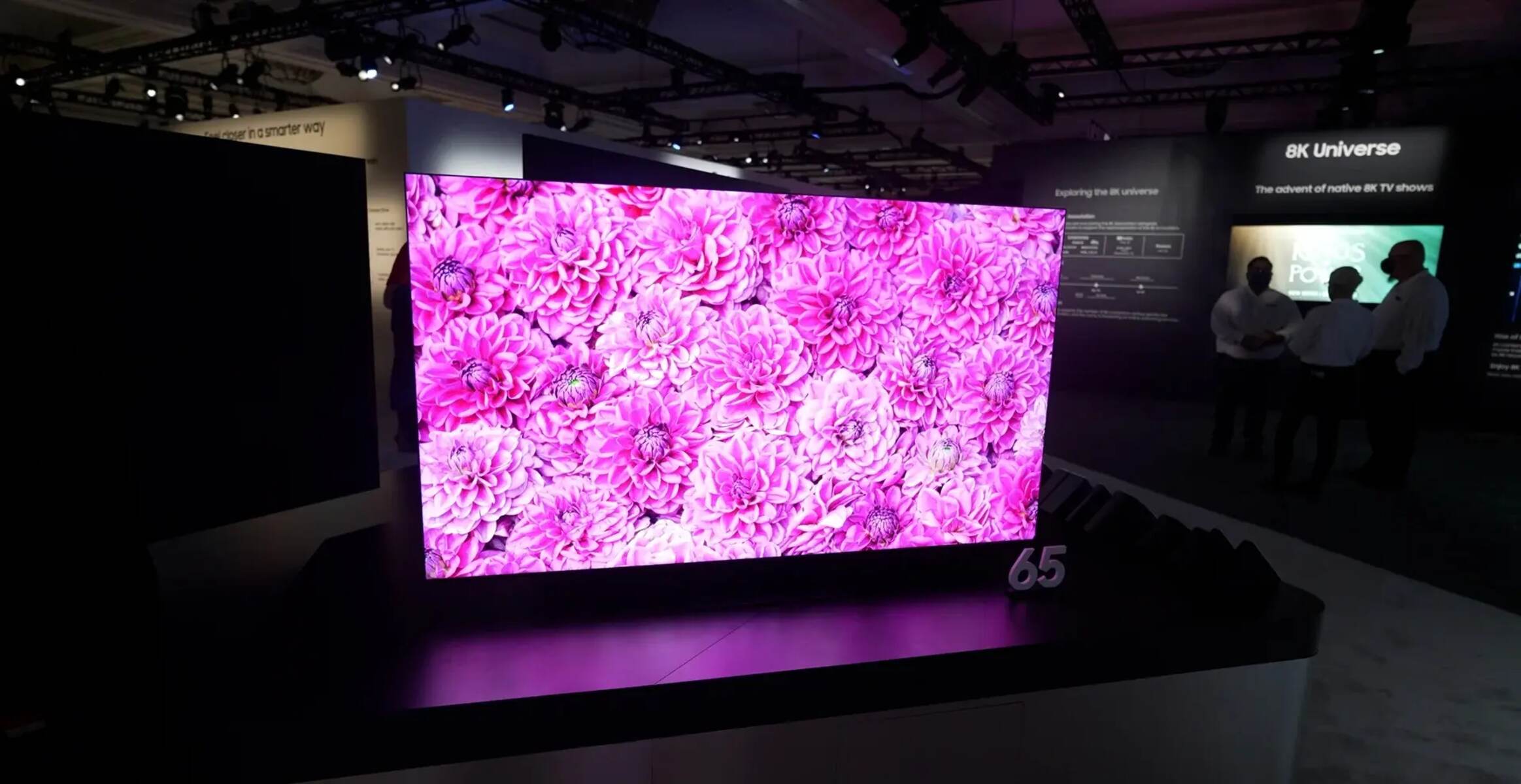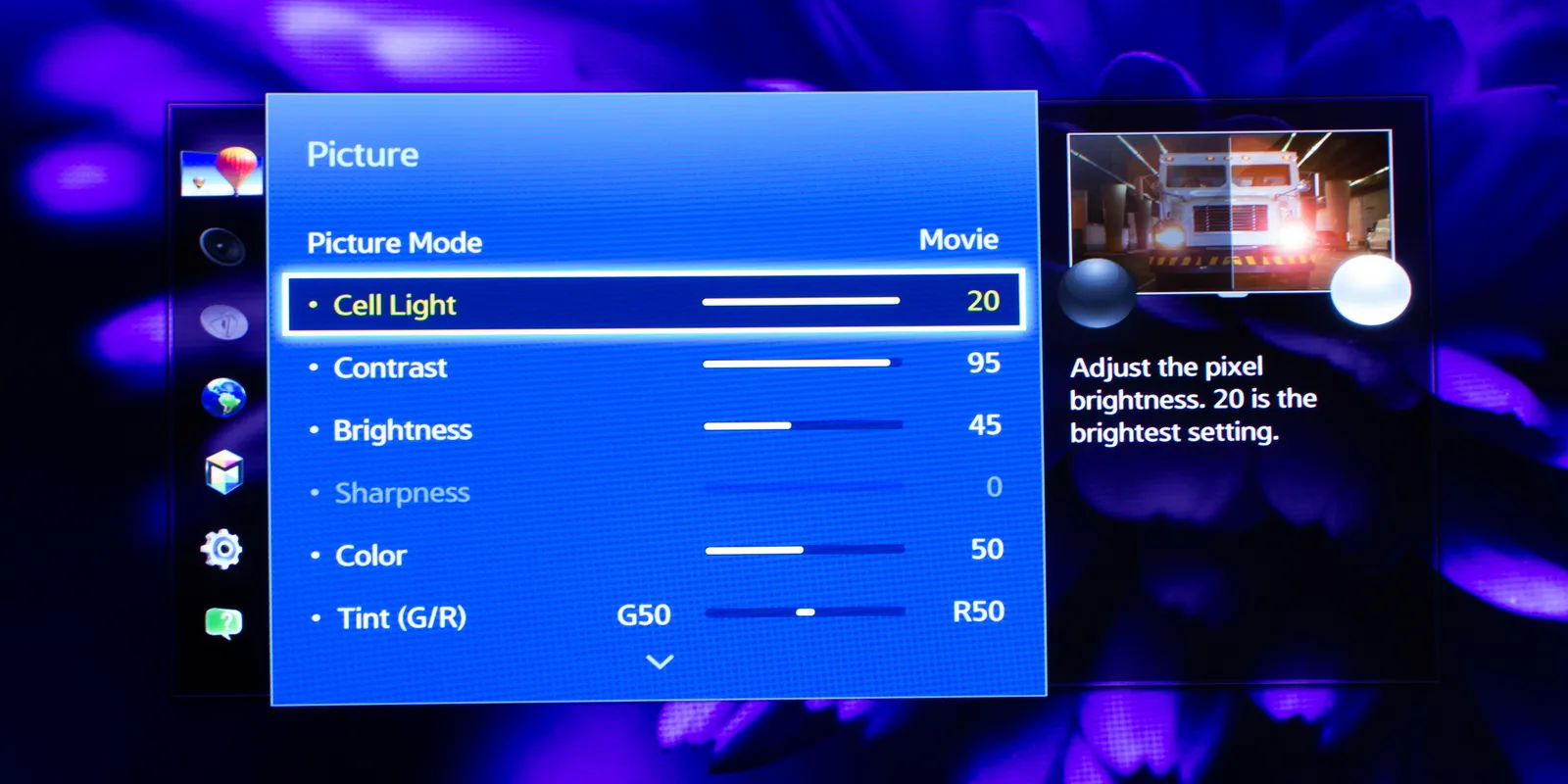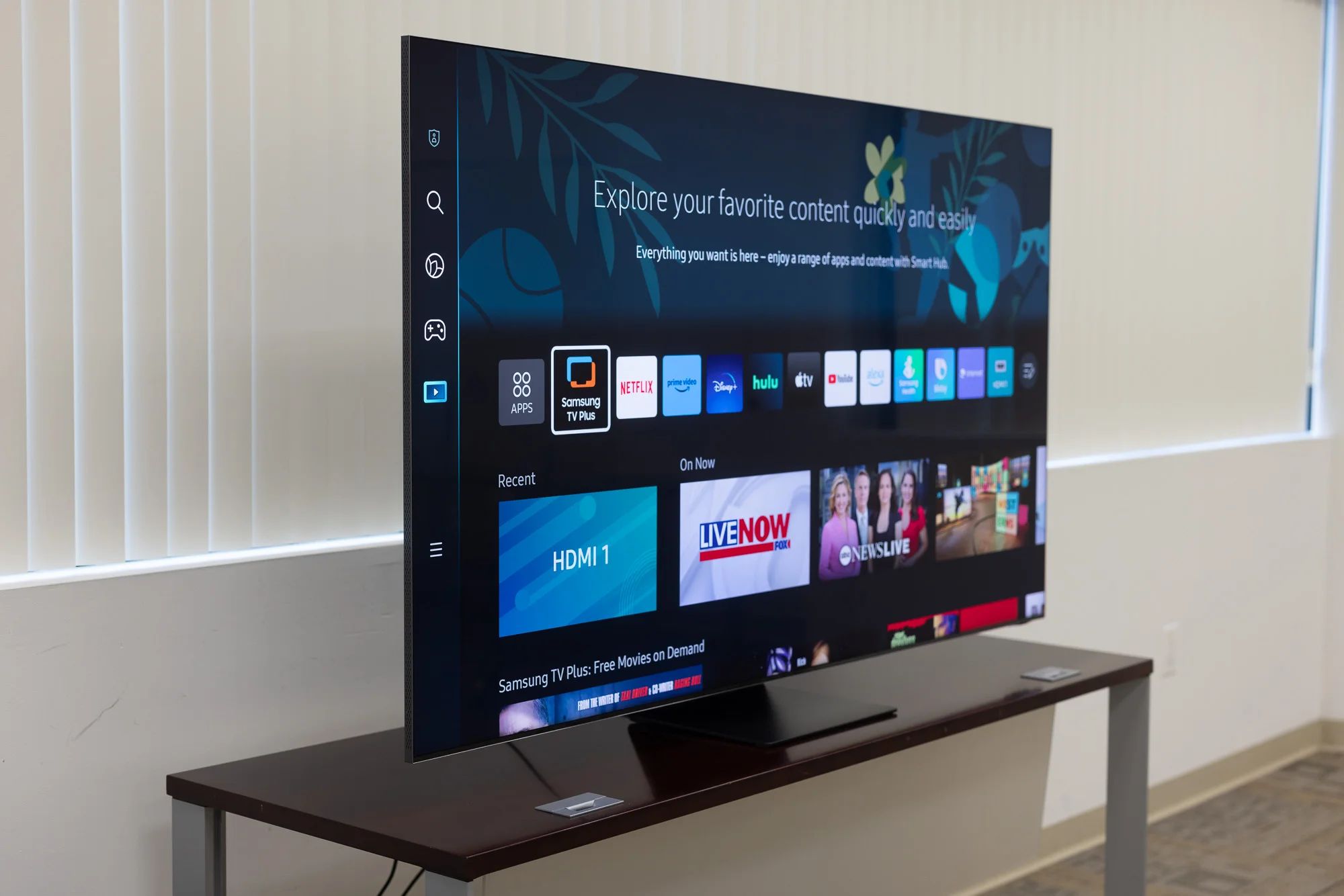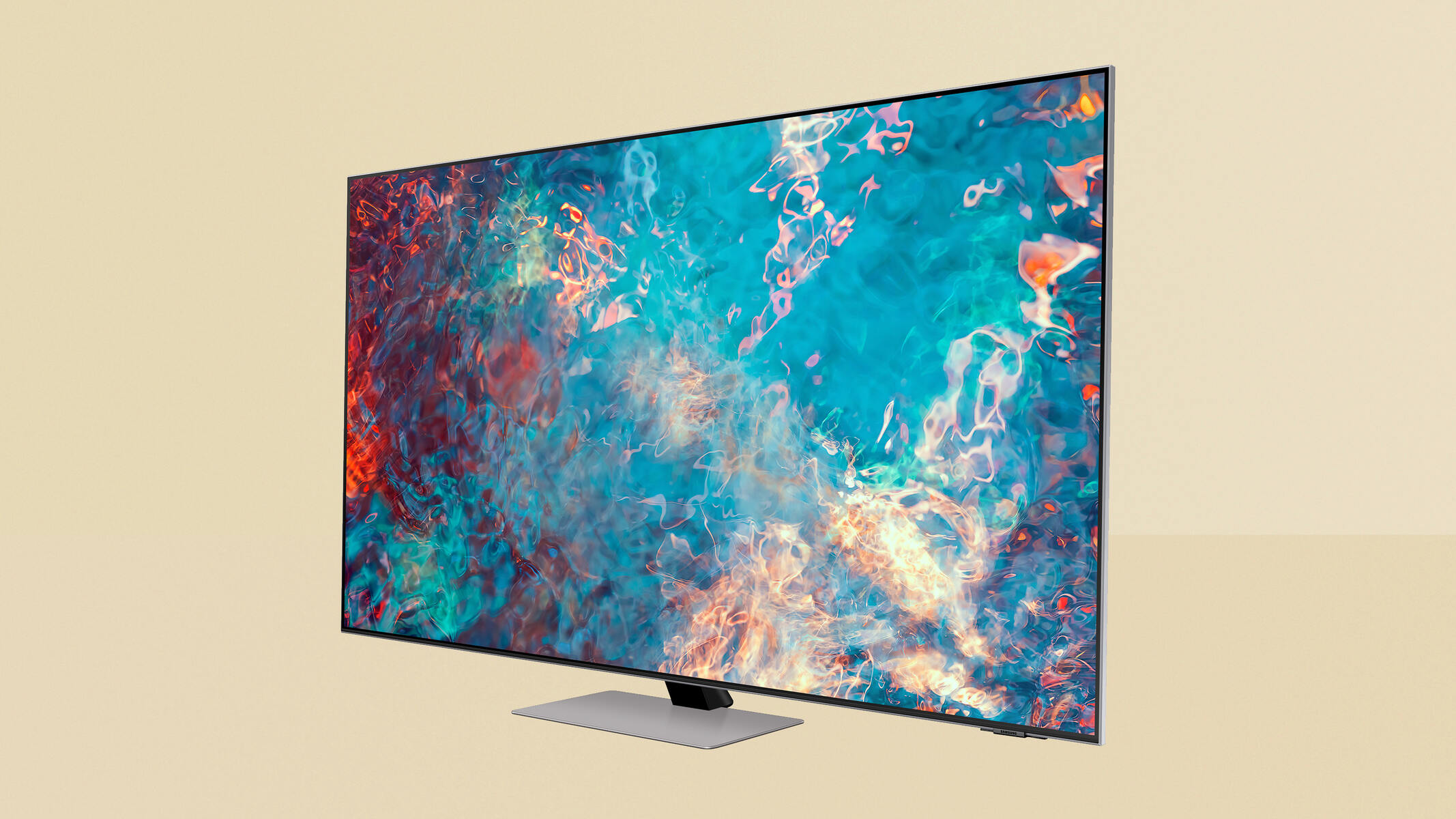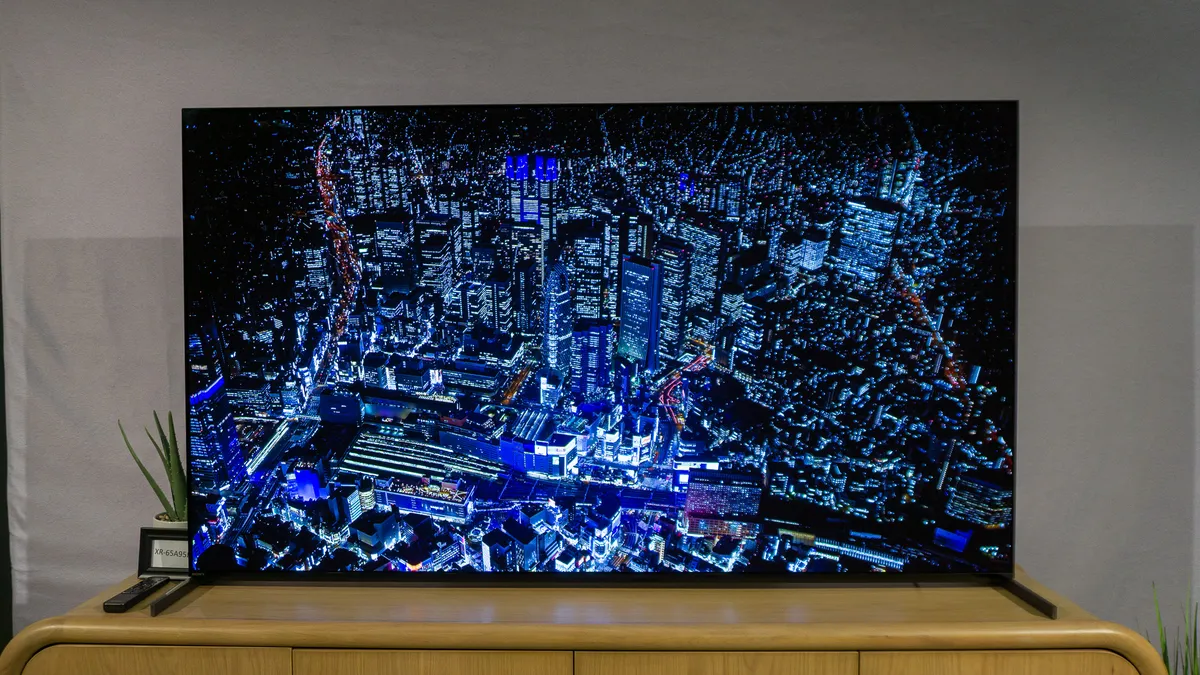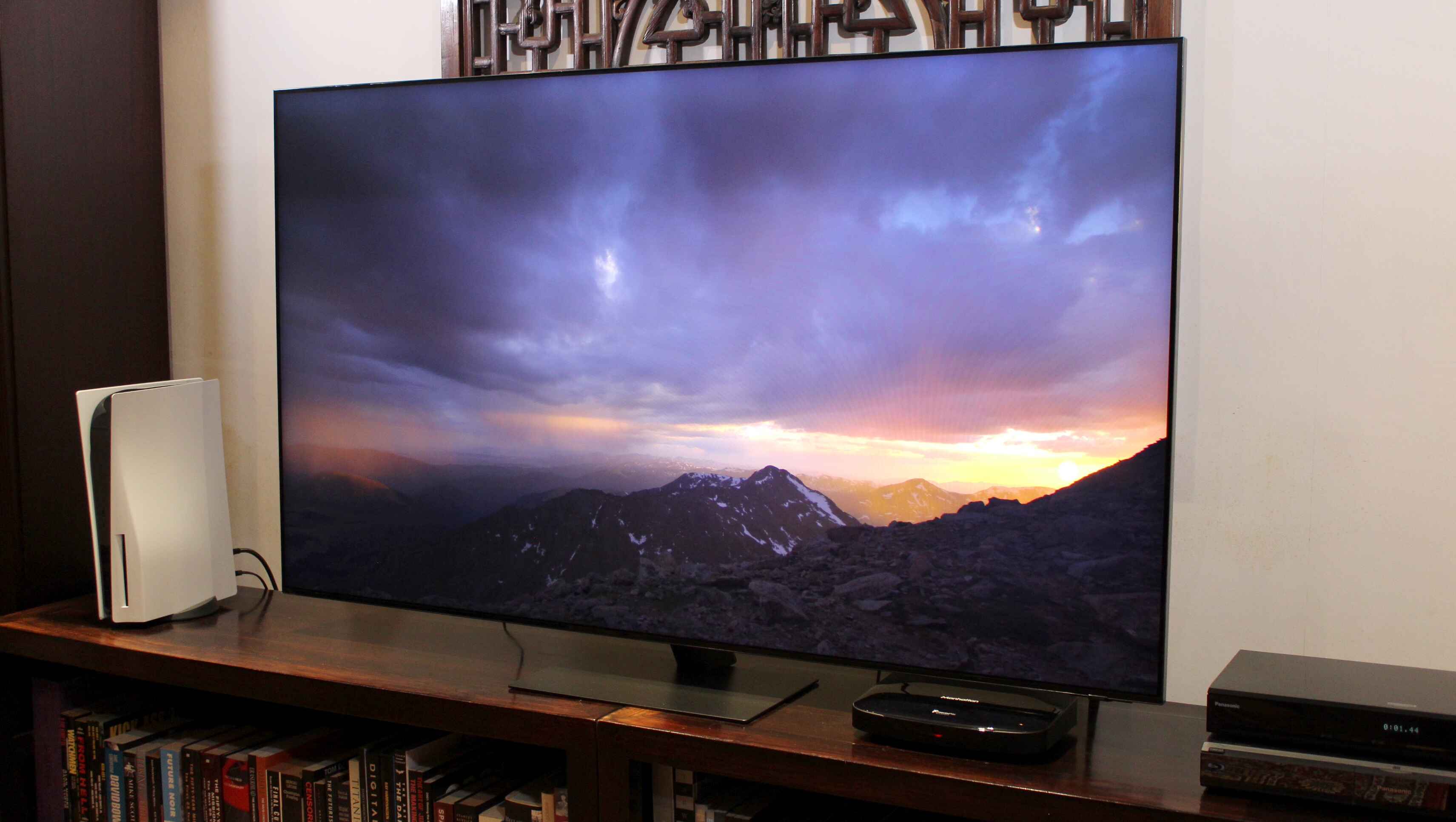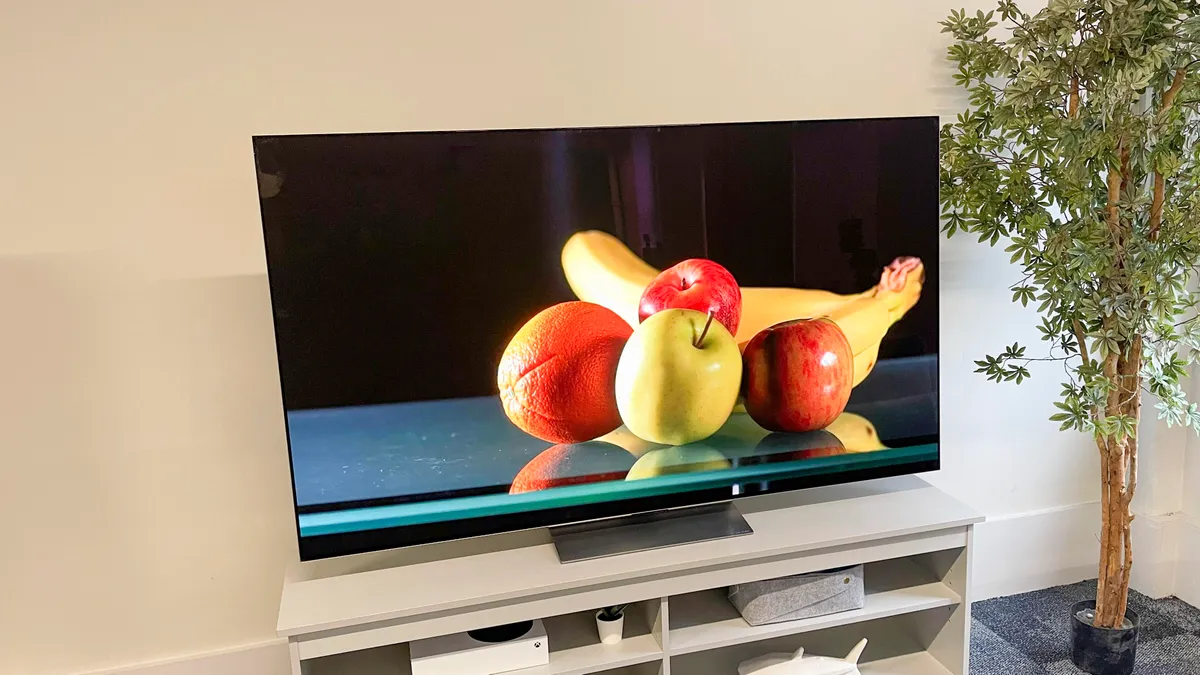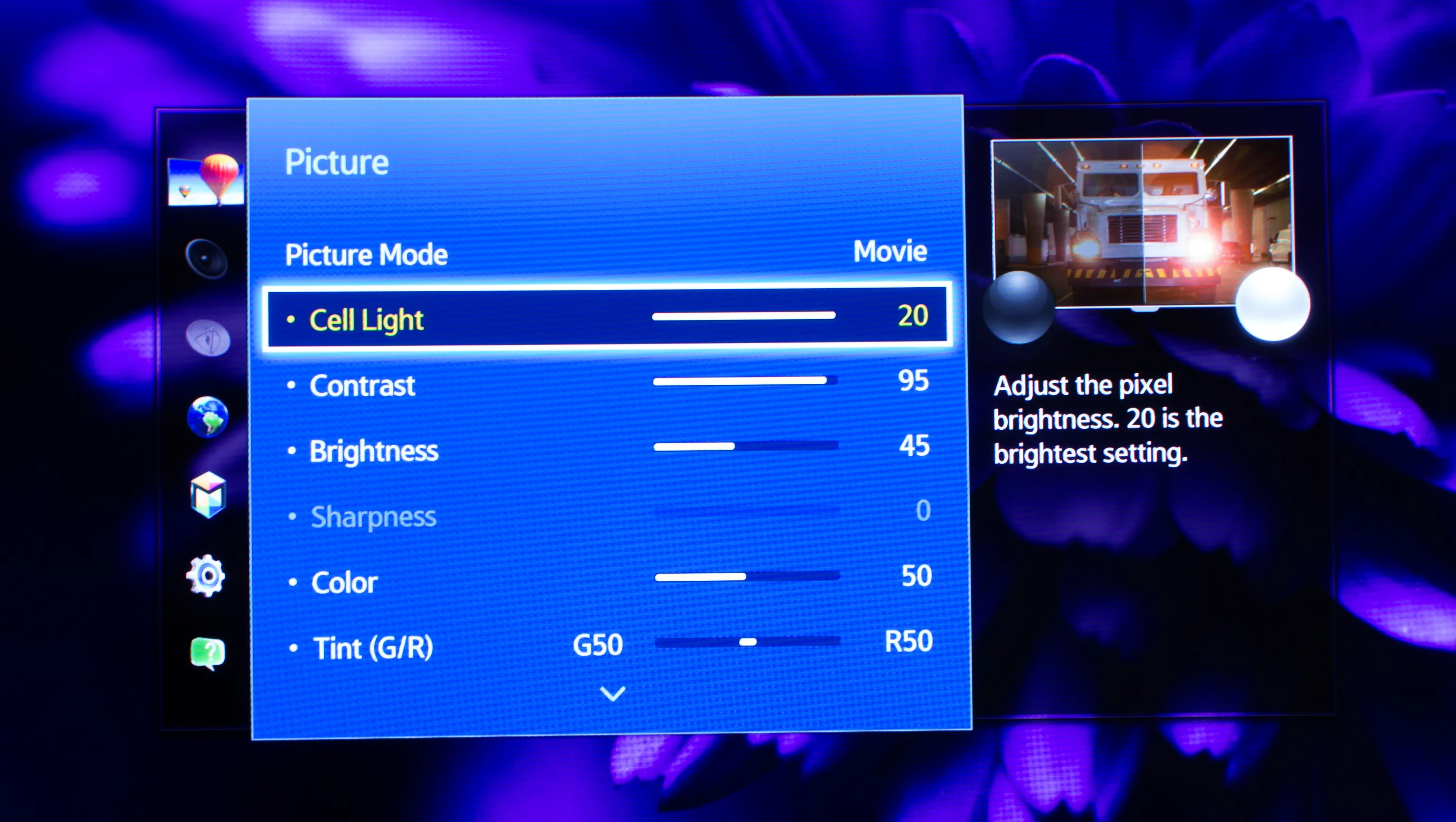Introduction
Welcome to this guide, where we’ll discuss why your Samsung Smart TV might appear dark and offer solutions to brighten up your viewing experience. As a proud owner of a Samsung Smart TV, it’s frustrating to encounter issues that hinder your enjoyment of movies, TV shows, and games. A dark display can significantly affect your viewing pleasure and strain your eyes. But don’t worry, we’re here to help shed some light on this matter!
There could be various reasons why your Samsung Smart TV is appearing dark, such as incorrect picture settings, power-saving mode enabled, outdated firmware, or even faulty hardware. We will explore each possibility in detail and provide you with step-by-step instructions to troubleshoot and resolve the issue.
Whether you recently purchased a new Samsung Smart TV or have been using it for a while, it’s essential to understand the settings and features that influence the brightness and overall picture quality. By following the tips and techniques in this guide, you can enhance your viewing experience and ensure that your Samsung Smart TV displays vibrant colors and sharp images.
So, if you’ve been wondering why your Samsung Smart TV is so dark and how to fix it, this guide is tailored just for you. Let’s dive in and explore the possible reasons behind a dim display and the practical solutions you can implement to brighten up your Samsung Smart TV screen.
Possible Reasons for a Dark Samsung Smart TV
There are several factors that can contribute to a Samsung Smart TV appearing dark. Understanding these possible reasons can help you diagnose and address the issue effectively. Here are the most common culprits:
- Incorrect Picture Settings: One of the main reasons for a dark display is incorrect picture settings. Your Samsung Smart TV offers various picture modes such as Standard, Dynamic, Movie, and more. If the TV is set to a dimmer preset or if the brightness, contrast, or backlight settings are improperly configured, it can result in a darker screen.
- Power Saving Mode Enabled: Samsung Smart TVs often come with a power-saving mode designed to reduce energy consumption. While this mode can be beneficial for longer lifespan, it can also dim the display to save power. If power-saving mode is enabled, it can cause your TV to appear excessively dark.
- Outdated Firmware: Firmware updates are essential for maintaining optimal performance and resolving software-related issues. Outdated firmware on your Samsung Smart TV can result in various problems, including a dim display. Updating the firmware to the latest version can potentially fix this issue.
- Faulty Hardware: In some cases, a dark Samsung Smart TV could be due to faulty hardware components. For example, a defective backlight or malfunctioning power supply can affect the brightness levels. If all other troubleshooting steps fail to resolve the issue, it might be necessary to have the TV inspected by a professional technician.
Now you have a better understanding of the potential causes behind a dark Samsung Smart TV. In the next sections, we will walk you through step-by-step solutions to address each of these possible reasons and brighten up your TV display. Rejoice as your viewing experience is about to get a whole lot brighter!
Adjusting the Backlight Settings
One of the first steps to take when dealing with a dark Samsung Smart TV is to check and adjust the backlight settings. The backlight setting directly affects the brightness of your TV’s display. Here’s how you can do it:
- On your Samsung Smart TV remote, locate the “Menu” button and press it.
- Using the arrow keys, navigate to the “Settings” option and select it.
- Within the settings menu, look for the “Picture” or “Display” category and enter it.
- Here, you should find an option called “Backlight” or “Brightness.” Adjust the slider or numeric value to increase the backlight level. Experiment with different settings until you find the ideal brightness for your preference.
- Once you’ve made the desired changes, press the “Menu” or “Exit” button to exit the menu and save the new settings.
By adjusting the backlight settings, you can significantly improve the brightness of your Samsung Smart TV. It’s important to note that the exact steps and menu names might vary depending on your specific TV model. Refer to your TV’s user manual or online support documentation for precise instructions.
If adjusting the backlight settings doesn’t provide the desired result, don’t worry! There are more solutions to explore in the next sections to help you brighten up your Samsung Smart TV and restore an optimal viewing experience.
Checking Power Saving Mode
Power saving mode is a feature present in many Samsung Smart TVs that helps conserve energy by reducing the TV’s power consumption. However, it can also cause the display to appear dimmer than usual. Here’s how you can check if power saving mode is enabled and disable it if necessary:
- Grab your Samsung Smart TV remote and press the “Menu” button.
- Navigate to the “Settings” option using the arrow keys and select it.
- Look for the “General” or “System” category in the settings menu and enter it.
- Within this category, search for an option called “Power Saving Mode” or something similar. Select it.
- You will likely find different power-saving modes, such as “Eco”, “Low Power”, or “Energy Saving”. Turn off or disable this feature by selecting the “Off” or “Disabled” option.
- Once you’ve made the necessary changes, exit the menu and check if the display brightness has improved.
By disabling power saving mode, you allow the TV to operate at its full brightness capacity, which can significantly enhance your viewing experience. Keep in mind that the location of these settings may vary depending on your Samsung Smart TV model. Consult your user manual or refer to online support resources for accurate instructions.
If disabling power saving mode does not resolve the issue, don’t fret. There are more troubleshooting steps to explore in the upcoming sections to help you resolve the dark display on your Samsung Smart TV.
Calibrating Picture Settings
Calibrating the picture settings on your Samsung Smart TV can significantly improve the overall brightness and clarity of the display. Here’s a step-by-step guide on how to calibrate the picture settings:
- Press the “Menu” button on your Samsung Smart TV remote.
- Navigate to the “Settings” option using the arrow keys and select it.
- Look for the “Picture” or “Display” category in the settings menu and enter it.
- Within this category, you’ll find various picture settings such as brightness, contrast, color, and sharpness.
- Adjust the brightness slider or numeric value to increase the overall brightness of the display. Find a balance that provides a clear and vibrant picture without overexposing the details.
- Experiment with the contrast setting, increasing it slightly to help enhance the differentiation between light and dark areas in the picture.
- Consider adjusting other picture settings, such as color saturation, sharpness, and backlight, to fine-tune the overall picture quality.
- Once you’re satisfied with the adjustments, exit the menu and enjoy the optimized picture quality on your Samsung Smart TV.
It’s important to note that the ideal picture settings can vary depending on personal preference, room lighting conditions, and the content you’re watching. Feel free to experiment with the settings to find what works best for you.
However, if calibrating the picture settings doesn’t yield the desired results, don’t worry. There are more troubleshooting steps to explore in the upcoming sections to help you resolve the dark display issue on your Samsung Smart TV.
Updating Firmware
Keeping your Samsung Smart TV’s firmware up to date is essential for optimal performance and the resolution of any software-related issues. An outdated firmware version can sometimes lead to a dark display. Here’s how you can check for firmware updates and update your TV:
- Start by turning on your Samsung Smart TV and ensuring it is connected to the internet.
- Using your remote, press the “Menu” button to access the TV’s menu options.
- Navigate to the “Settings” option in the menu and select it.
- Look for the “Support” or “About” category in the settings menu and enter it.
- Within this category, locate the “Software Update” or “Update Firmware” option and select it.
- Your Samsung Smart TV will now check for available firmware updates. If an update is found, follow the on-screen prompts to download and install the latest firmware version.
- Once the firmware update is complete, restart your TV and check if the display brightness has improved.
Regularly updating your Samsung Smart TV’s firmware ensures that you have access to the latest features, bug fixes, and optimizations provided by Samsung. It can potentially resolve any software-related issues, including a dark display.
If you’re unable to find an update or the issue persists even after updating the firmware, don’t worry. There are more troubleshooting steps to explore in the upcoming sections to help you resolve the dark display issue on your Samsung Smart TV.
Checking for Faulty Hardware
If you’ve tried adjusting the settings and updating the firmware but your Samsung Smart TV still has a dark display, it’s time to consider the possibility of faulty hardware. Here are some steps you can take to check for any potential hardware issues:
- Inspect the power supply: Ensure that the power cord is securely plugged into both the TV and the power outlet. Check for any damage or loose connections. If you suspect a faulty power supply, try using a different power outlet or replace the power cord.
- Test external devices: Connect external devices such as a DVD player or game console to your Samsung Smart TV. If the dark display issue persists only with external devices, the problem may lie with the external devices themselves, such as incorrect settings or faulty cables.
- Perform a factory reset: A factory reset can help eliminate any software-related issues that might cause a dark display. Refer to your TV’s user manual or online support resources for instructions on how to perform a factory reset. However, keep in mind that a factory reset will erase all customized settings and restore the TV to its default state.
- Contact professional assistance: If none of the above steps resolve the issue, it’s recommended to seek professional assistance. Contact Samsung support or a qualified technician who can diagnose and repair any potential hardware problems.
It’s important to note that diagnosing and repairing faulty hardware should be done by experienced professionals to avoid further damage to your TV. They can perform a thorough inspection and provide a definitive solution to the dark display issue.
By following these steps, you can identify if faulty hardware is the cause of the dark display on your Samsung Smart TV. If the problem lies with the hardware, it’s crucial to take appropriate measures to resolve the issue and restore the brightness and functionality of your TV.
Tips for Improving Picture Quality
In addition to troubleshooting the dark display issue on your Samsung Smart TV, there are some general tips and techniques you can implement to further enhance your overall picture quality. These tips can help you enjoy a more vibrant and immersive viewing experience:
- Adjust room lighting: The lighting in your viewing environment can impact the picture quality. Try to reduce any glare or reflections on the TV screen by adjusting the room lighting. Dimming the lights or using curtains or blinds to control natural light can help improve the clarity of the display.
- Optimize viewing distance and angle: Sit at an appropriate distance from the TV to ensure the best viewing experience. The ideal viewing distance may vary depending on the size of your TV. Additionally, position yourself at eye level or slightly below the center of the TV screen for optimal viewing angles.
- Use HDMI connections: If you’re connecting external devices to your Samsung Smart TV, use HDMI cables for the best picture quality. HDMI provides high-definition digital video and audio signals, resulting in a sharper and more detailed image compared to other connection options.
- Keep your TV clean: Regularly clean the screen of your Samsung Smart TV to remove dust, fingerprints, and smudges that can affect picture clarity. Use a soft, lint-free cloth and mild cleaning solutions specifically designed for electronic devices.
- Utilize advanced picture settings: Explore the advanced picture settings available on your Samsung Smart TV. Features like motion smoothing, color enhancement, and dynamic contrast can enhance the overall picture quality. However, be cautious not to overuse these settings, as they can sometimes lead to an artificial or unnatural result.
- Consider professional calibration: For the most accurate and precise picture quality, you may choose to have your Samsung Smart TV professionally calibrated. Calibration specialists use specialized equipment to optimize the TV’s settings, resulting in the best possible picture quality for your specific viewing environment.
By implementing these tips, you can elevate your picture quality and enjoy a more immersive and enjoyable viewing experience on your Samsung Smart TV. Experiment with different settings and adjustments to find what works best for your preferences and the content you’re watching.
Now armed with these tips and solutions, you’re well-equipped to tackle the dark display issue and optimize your Samsung Smart TV’s picture quality to its fullest potential.
Conclusion
We hope this guide has helped you understand the possible reasons behind a dark Samsung Smart TV and provided you with practical solutions to brighten up your viewing experience. By adjusting the backlight settings, checking power saving mode, calibrating picture settings, updating firmware, and even considering potential hardware issues, you can troubleshoot and resolve the dark display issue.
Remember to experiment with different settings and adjustments to find the optimal picture quality that suits your preferences and viewing environment. Additionally, implementing general tips such as optimizing room lighting, using HDMI connections, keeping your TV clean, and considering professional calibration can further enhance your overall picture quality.
If you have exhausted all the troubleshooting steps mentioned in this guide and are still unable to resolve the dark display issue on your Samsung Smart TV, it is advisable to seek professional assistance. Qualified technicians or Samsung support can diagnose and repair any potential hardware problems.
Now, armed with the knowledge and solutions provided, you can regain a bright and vibrant display on your Samsung Smart TV, enhancing your viewing pleasure and ensuring an immersive entertainment experience. Enjoy your favorite movies, TV shows, and games with a crystal-clear picture!







